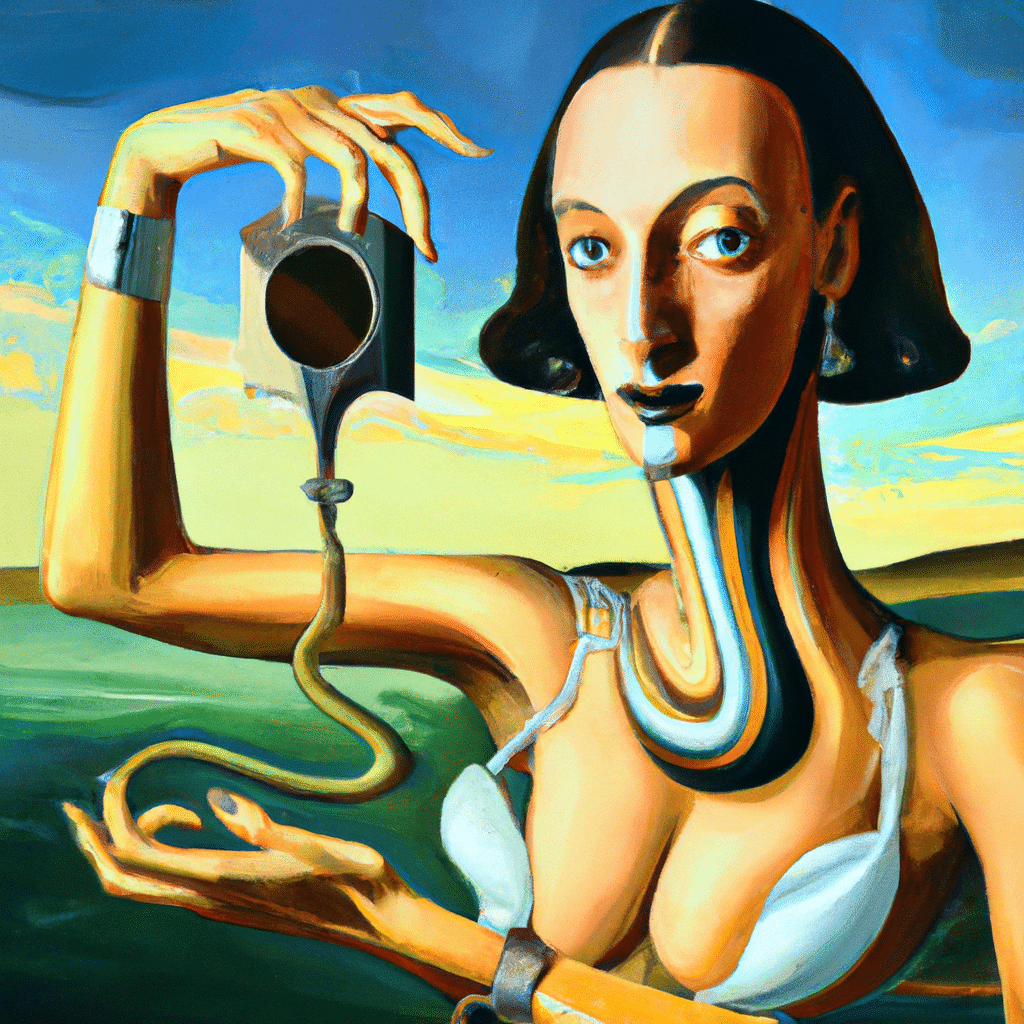The Impact of AI on the Art Market
Artificial intelligence has been making waves across various industries, and the art market is no exception. AI has introduced new possibilities and opportunities for artists, collectors, and art enthusiasts. In this article, we will delve into the impact of AI on the art market and how it is changing the way we perceive and engage with art.

AI’s Role in Art Creation
Artificial intelligence is revolutionizing the way art is created. With AI algorithms, artists can create digital art that is both innovative and unique. AI can be used to create art in various forms, including music, poetry, and visual art. One of the most significant benefits of using AI in art creation is the ability to produce art at a much faster rate than human artists. AI algorithms can generate art in seconds, which would otherwise take human artists hours or even days.
AI is also helping to push the boundaries of what is possible in art creation. AI algorithms can analyze vast amounts of data to identify patterns and generate new ideas for art creation. This opens up new possibilities for artists who are looking to create something truly unique and innovative.
AI’s Impact on Art Curation
AI is also changing the way art is curated and exhibited. AI algorithms can analyze vast amounts of data to identify trends and patterns in art. This can help curators to identify emerging artists and art movements, as well as predict which pieces of art are likely to be popular.
AI is also being used to create virtual exhibitions, allowing people to experience art from the comfort of their own homes. This is particularly beneficial for people who live in remote areas or have limited mobility.
AI’s Impact on Art Authentication
Art authentication has always been a complex and challenging process. However, AI is making the process much more efficient and accurate. AI algorithms can analyze the brush strokes, materials, and other details of a piece of art to determine its authenticity. This is particularly useful for expensive works of art, where the stakes are high.
AI’s Impact on Art Sales
AI is also changing the way art is sold. AI algorithms can analyze vast amounts of data to identify trends and predict which pieces of art are likely to be popular in the future. This helps galleries and auction houses to make informed decisions about which pieces of art to invest in and sell.
AI is also being used to create personalized recommendations for art buyers. By analyzing a buyer’s past purchases, search history, and other data, AI algorithms can recommend pieces of art that are likely to appeal to them. This helps to make the art buying process more accessible and enjoyable for buyers.
AI’s Impact on Art Education
Finally, AI is changing the way we educate people about art. AI algorithms can analyze vast amounts of data to identify patterns and trends in art history. This can help educators to create more comprehensive and engaging art history courses.
AI is also being used to create interactive educational experiences, allowing people to learn about art in a fun and engaging way. This is particularly beneficial for children, who may find traditional art education methods to be dull and unengaging.
Conclusion
In conclusion, AI is having a significant impact on the art market. From art creation to curation, authentication, sales, and education, AI is changing the way we perceive and engage with art. While some people may be skeptical about the role of AI in art, there is no denying that it is opening up new possibilities and opportunities for artists, collectors, and art enthusiasts alike. As AI technology continues to advance, we can expect to see even more exciting developments in the art world.












